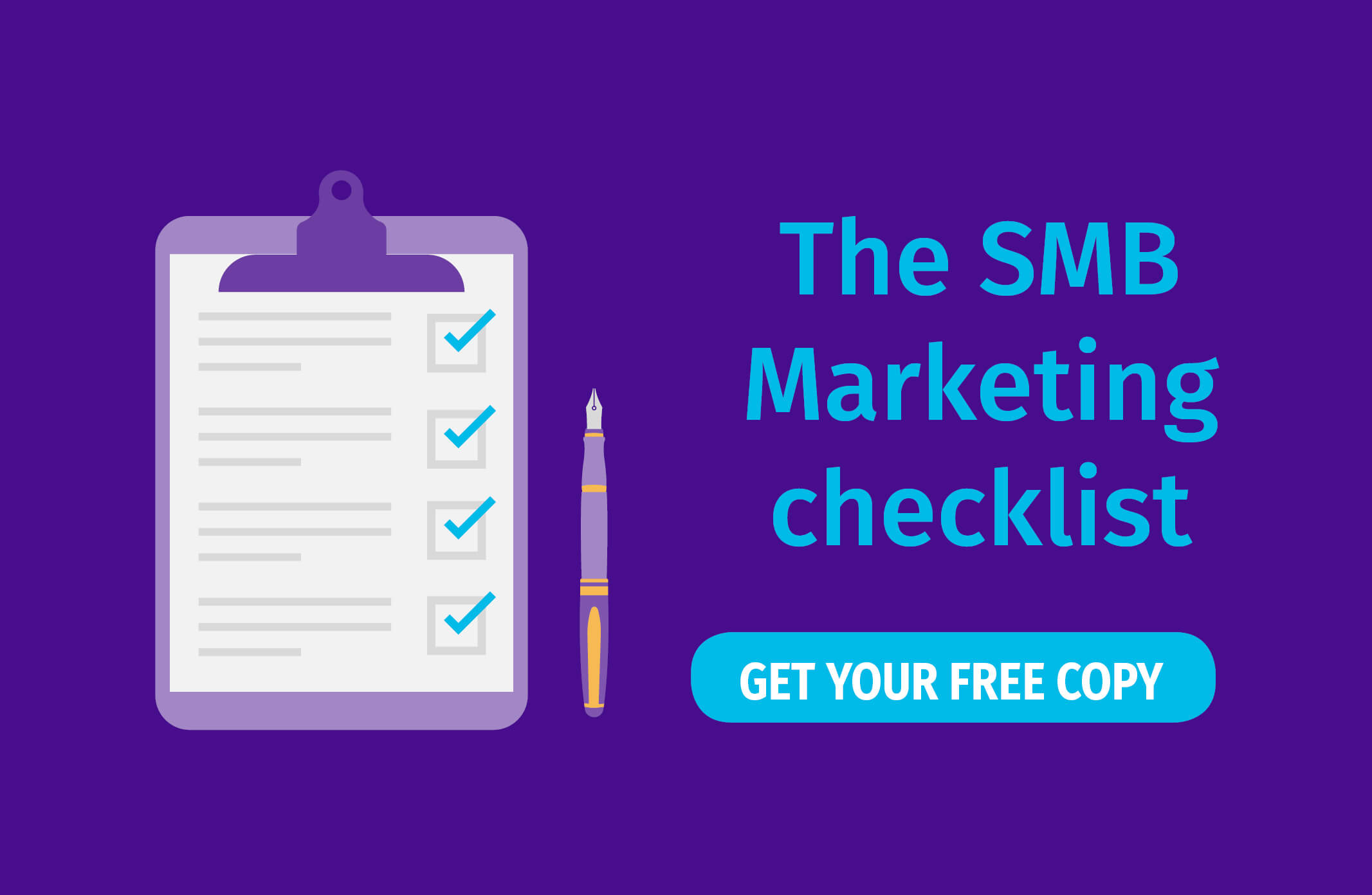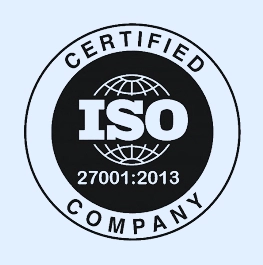In 2018, smartphone technology is so advanced that mobile phones are slowly replacing desktops and laptops. We use mobile phones to open and answer our emails, to browse social media, even to order a meal or taxi via SMS and different apps. The best thing is that we can do all of these things while on the move. Stats show that internet users spend on average 69% of their online time on smartphones and that mobile devices will drive 80% of global internet usage by the end of 2018. This, of course, provides a great opportunity for SMB’s to implement a mobile and SMS campaign in their marketing strategies. Mobile marketing is an excellent way to reach a huge number of prospects and existing customers. It is also good to reduce marketing costs and track the overall success of your campaigns.
A recent report published by Google revealed that mobile is the dominant platform for searches, as 48% of the buyers search the internet via smartphones. Also, another research showed that 69% of consumers worldwide between the ages of 18 and 39 use mobile devices to research products before they make a purchase. Still, considering the fact that today’s market is crowded with businesses that feel like carbon copies of one another, we need to find a way to design a strategic, data-driven and innovative smartphone campaigns.
To make your mobile campaign truly stand out, experienced marketers suggest you do the following:
- Decide on goals and objectives of your campaign and determine your target audience
- Use advantages of new online marketing tools to make the most of mobile marketing channels
- Track the performance of your campaign to measure its overall success and adjust your offers to your customer’s needs
To make your work count and move your marketing efforts to where your target customers are, below are four tips you need to use to run successful mobile and SMS campaigns.
4 tips to run a successful smartphone campaign
1. Set your goals and objectives

Before you launch your smartphone campaign, think of the goals and objectives, first. Ask yourself – what do you want to accomplish: Is to attract and convert new customers? Is it to sell more to your existing customers or to increase the visibility of your brand?
Now define realistic goals that are achievable in a certain period of time and within the given campaign budget.
Always think about your target audience and think of the goals that can add value to their experience with your brand.
Segmenting your customer’s database based on their location, purchasing habits and engagement with your brand will help you design an outstanding mobile marketing campaign.
For example, by segmenting your customers based on their location, you can design a highly personal and targeted local campaign in a specific area. Also, if your goal is to sell more, you can analyze your customer’s purchasing preferences and predict which products they may be interested in.
Now it will be much easier to craft marketing offers tailored to their exact needs and expectations.
2. Optimize your emails for mobile
As already mentioned, smartphones overtook computers as the device most often use to open and read emails. A research from 2017 showed that the majority of marketing emails sent out by companies are now opened on a mobile device, regardless of what kind of business you’re in.

Customers have already adopted mobile as the primary way of accessing the Internet, and this is exactly the reason why businesses need to pay special attention to optimizing their email offers for mobile.
Ensuring that your emails and newsletters look equally good on both desktop and mobile phone will increase your click-through rates and simply – bring more customers to your website and/or your stores. To do this the right way, here are some tips:
Keep it simple and focus on functionality
Considering the small mobile screen size, you will need a simple and clean design. This usually means a single column template with an easy-to-read font, without extra work such as zooming in and out while reading an email.
Include visible Call to Action
You should focus on having a single CTA with a clear message. Don’t forget the emphasis on providing a value to the customer. Also, people usually use their thumbs to click on it! The CTA button needs to be visible and big enough so that readers don’t “struggle” with it.
Optimize images
Nowadays, emails are more visual than they used to be. But it still doesn’t mean you should send out one with images only. Always add text to your email and fully optimize the images included in it by reducing the file size and size of the image itself.
Various online services and apps can reduce file size by as 80% without actually reducing the quality of the image. This way you can capture the customer’s attention without worrying if they will wait for the image to load. This is also important due to the fact that not everyone has unlimited mobile data plans. If loading a bunch of images inflicts extra costs on their mobile bills, they’ll unsubscribe immediately.
Make sure it’s consistent on all devices and always preview your emails to check if the images and text are displayed properly.
3. Use SMS campaigns the right way
Sure, mobile marketing is really advanced in 2018. Still, SMS marketing serves as one of the best sales-boosting and customer care channels. One of its biggest advantages in the modern day and age is that SMS doesn’t rely on an internet connection.
To get the most from SMS campaigns, you should always look at it as a mediating channel which leads customers to your more engaging mobile website or app.
To add more value to your SMS campaigns, your message needs to be:
Straightforward, short and simple
Get to your point fast and remember you have the 160 characters to express everything you want to say. Avoid sending unclear copy and make sure the SMS campaigns have all the necessary info about your offer.
For example, if this is a flash sale in one of your stores, don’t send it as a simple announcement. Also include specific date(s) of the sale and highlight the discount percentage in a few compelling words. Customers are more likely to act on it if you provide them with enough information and incentive.
Backed with data
Save your bulk messages for general sales and promotions and segment your customers for targeted promotions. By analyzing your customer’s purchase history and the location-based demographics, you can send the right messages to the right customers.
Customer segmentation can be easily done by SMS automation. This marketing automation feature allows you to send out your text messages in line with a predefined schedule and data-driven strategy you have in place. SMS automation enables you to send your targeted offers at the right time and make your SMS campaigns truly outstanding.
Inviting
Calls-to-action increase customer engagement with your marketing text messages. But, unlike emails, your SMS campaigns offer can’t have a colorful and flashy CTA button. Anyhow, this doesn’t mean you shouldn’t find an interesting way to include it in your SMS, too. Translate your CTA into words and make sure your customers can easily act on it.
You can do that if you add shortened URLs to your copy. Or, depending on your offer, find another innovative way to catch the customer’s attention. For example, you can ask your customers to “Show this text” in your store in order to earn a discount. Or, invite them to “Buy now” if you have a short-term sale.
4. Track your results
By now, we know that for a successful mobile campaign, our mobile marketing offers need to be optimized, automated and sent out timely to different groups of our customers. We also know that these offers have to be aligned with our campaign goals and objectives. But how can you predict and, later on, measure the success of a certain campaign?
The answer on this one is quite clear: Track your campaign!
Ask yourself once again if the goal of your campaign is to convert more customers? Is it to get more subscribers to your newsletters or sell more products to your loyal customers? After getting your answers, it will be much easier to understand which metrics to track in order to measure the progress towards the marketing goal(s) you have.
Email tracking
Speaking of emails, we recommend you track the following:
- Click-through rate, which gives a direct and accurate insight into how many people on your email list are engaging with your content and are interested in your offers.
- Inbox placement rate, which helps you improve the content of your emails, its subject lines and to adjust the time you send your emails. If regularly tracked, this can prevent your emails going to spam.
- Unsubscribe rate, which helps you discover weak points of your campaign and/or the way you do business.
- Conversion rate, or the number of people that clicked on a link within an email and completed the wanted action, such as downloading your eBook or purchasing the product.
- Email sharing/forwarding rate, which both helps you find out what kind of emails are most likely to be shared and discover your most loyal customers.
SMS tracking
When it comes to SMS campaigns tracking, experienced marketers suggest determining KPIs depending on the type of SMS offer you have in place. These are:
- Response tracking – if your SMS campaigns required a response, this one is quite easy to measure. The customer will send texts back to the source! If this type of SMS yields low response, something is wrong. Look at your CTA or your offer. Is it attractive enough? Rethink your offer. But also try to keep things simple! Ask your customers to reply with a single word or a code.
- Click tracking – Marketing text messages often contain URL’s that lead the customer to a mobile-friendly website. These sites offer more information about the certain offer. Click tracking is one of the best ways to determine the ROI and to measure the overall results of your SMS campaigns.
- Coupon and Call tracking – Having a unique coupon code is a great way to measure the performance of your campaign and find out if this approach actually works for your field of business.Same goes for using a custom phone number that redirects to the main line. Inviting customers to get more information or complete a sale via phone is a great way to measure the conversion. Also, to directly find out if the customer is satisfied with your products and services.
Wrap-Up
Mobile marketing unlocked truly powerful opportunities for marketers. Unlike other channels, it allows us to reach a larger number of customers in a personal and timely manner.
Mobile marketing and SMS campaigns are changing the way people engage with brands. But for every successful mobile campaign, you need to follow certain steps:
- Like with any other marketing campaign, it is crucial that there are established objectives and goals for the campaign. Deciding on goals and segmenting your target audience will help you design the best strategy and select the appropriate mobile marketing channels to distribute your offers.
- The majority of customers today use their phones to access the Internet, so it is very important to optimize your email marketing offers for mobile. If your emails and newsletters look equally good on both desktop and mobile phone, customers will appreciate it. They will, most likely, buy from you more often.
- Never underestimate the power of SMS campaigns. Use SMS marketing to connect the customer’s online and offline experiences with your brand. Send the right SMS to the right customers at the right time and drive more customers to your website and/or your stores.
- No business can afford to waste money, time and effort on a campaign that produces poor results. How to use data to properly run a mobile campaign should be a priority for any marketing team. This means tracking the success of your email and SMS offers and using the results to design more attractive marketing offers in the future.



